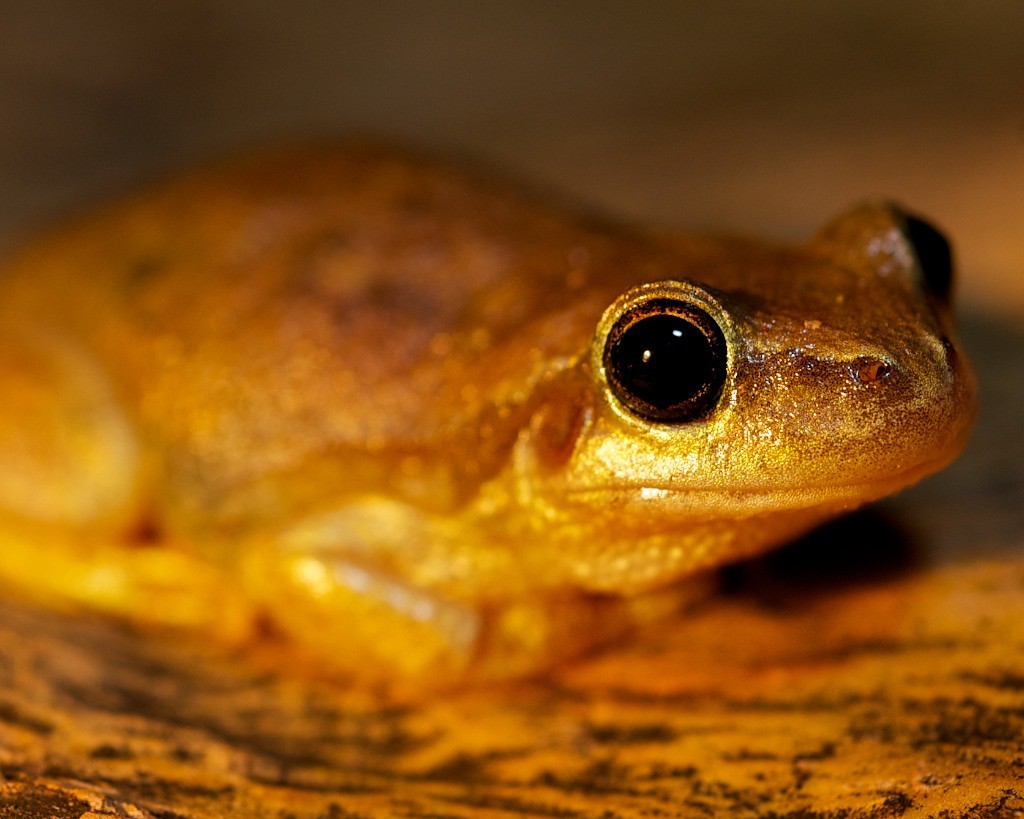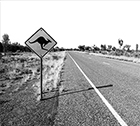
Desert Tree Frog Litoria rubella
A few weeks ago a mate and I snuck out between showers and took a night-time run out to Simpson’s Gap, a magnificent narrow gorge that cuts through the West MacDonnell ranges a few kilometres west of Alice Springs. Our rough aim was to do a bit of a frog-watch but really we would have been happy if we’d not seen any frogs and just poked around the area at night.
The air was full of bugs and insects on the short drive out and we disturbed a few kangaroos and wallabies as we drove up to the parking area 100 or so metres away from the gap proper. Out of the car we took the short walk to the sandy creek bed and started poking around with torches along the water’s edge and the rocks scattered across the sand.
And we got lucky — big time — I walked up to a venerable River Red Gum in the creek bed and soon found one … and then another and another of these little frogs hopping around on the trunk catching insects. the same happened on the larger rocks in the creek bed.
On several occasions we would walk up to a tree, find one frog sitting on the bark and then a minute or two later we would have a half dozen and more sitting quietly on the trunk and not too shy about having their portraits taken. Then after a minute or two they would retreat into their refuge under the loose bark.
There was a lot of other wildlife about that night, including a cute little Sandy Inland Mouse, Pseudomys hermannsbergensis and the anthropological double team of the Centralian Tree Frog, Litoria gilleni and a lot of the immeasurably ugly — but cute as hell with it — Spencer’s Burrowing Frog, Opisthodon spenceri. But they are coming attractions!
But back to the Desert Tree Frog above. My copy of the excellent Field Guide to the Frogs of Australia (by Michael J. Tyler and Frank Knight, CSIRO Publishing, 2009) provides “Red Tree Frog” as an alternative common name for what I know as the Desert Tree Frog — no matter, they have the same scientific nomenclature. These are small frogs (males are typically 28-37 millimetres, females 34-43 millimetres long) and are found throughout northern and Western Australia, and across the NT, Queensland and the north of South Australia.
They are highly variable in appearance throughout their various ranges. Their habitat is listed as being in the cracks and cavities of trees, among rocks and in houses (I have a nice one that visits my bathroom from time to time) and outbuildings.
I recommend buying a copy of the Tyler and Frank Field Guide so that you can find more about my little friends — and their many companions.
You can also find out a lot of really interesting information about these most wonderful little critters online at The Amphibian Research Centre.
Enjoy — and next time you go for a walk do it at night — take a head-torch and poke around a bit — you know you want to!








Crikey is committed to hosting lively discussions. Help us keep the conversation useful, interesting and welcoming. We aim to publish comments quickly in the interest of promoting robust conversation, but we’re a small team and we deploy filters to protect against legal risk. Occasionally your comment may be held up while we review, but we’re working as fast as we can to keep the conversation rolling.
The Crikey comment section is members-only content. Please subscribe to leave a comment.
The Crikey comment section is members-only content. Please login to leave a comment.